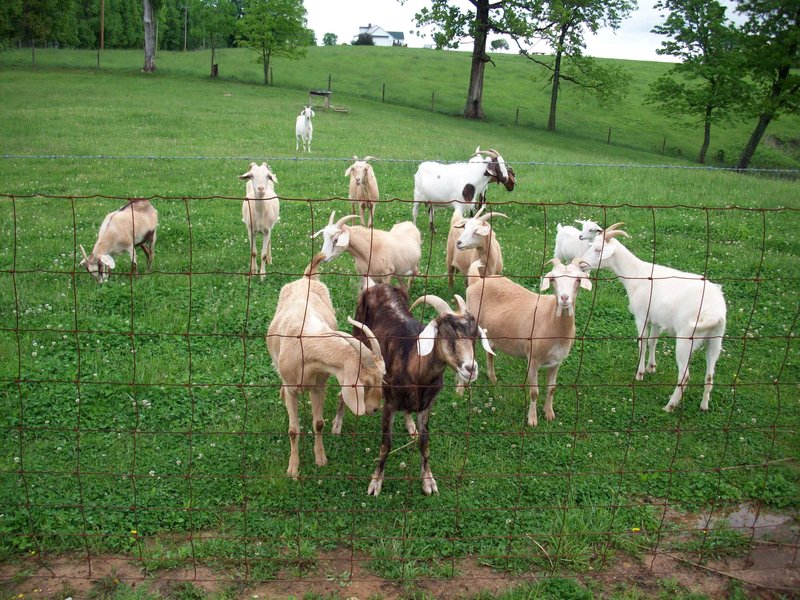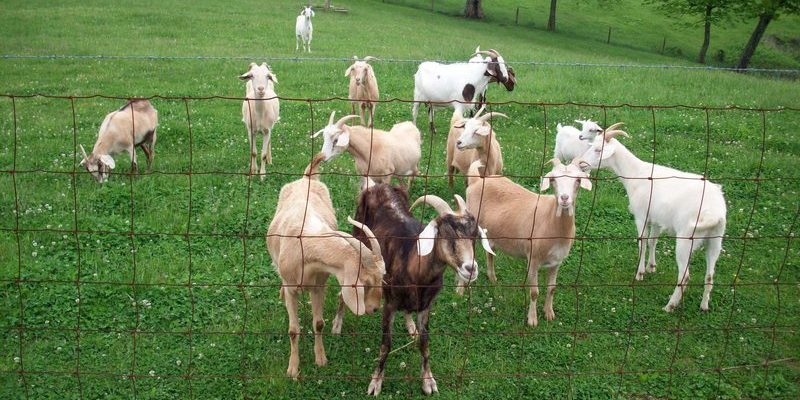
Okay, so let’s break this down. Just like any pet or livestock, Kiko goats have some specific needs. They require a shelter that protects them from harsh weather and a sturdy fence that keeps them safe from predators. But don’t worry! I’ll walk you through everything you need to know, so you can set up a perfect home for your new friends.
Understanding the Basic Housing Needs
First things first: let’s talk about where Kiko goats will sleep at night. The ideal housing for Kiko goats is a well-ventilated shelter that keeps them dry and comfortable. Goats are sensitive to extreme temperatures, so providing proper shelter is crucial.
You can think of their housing as a mini barn or a simple shed. The space should be large enough to accommodate them comfortably without feeling cramped. A good rule of thumb is to provide at least 10 to 15 square feet per goat inside the shelter. This gives them room to move around, lie down, and socialize.
When constructing or choosing a shelter, consider using materials like wood or metal. These materials are sturdy and can withstand the elements. Ensure that the roof is sloped to prevent water from pooling. Additionally, have a good bedding layer on the ground—straw or wood shavings work well. This not only keeps the goats warm but also absorbs moisture, making their living space more comfortable.
Ventilation and Air Quality
Now, let’s chat about ventilation. It’s often overlooked, but proper airflow in goat housing is vital. Good ventilation helps reduce humidity and keeps the air fresh, which is especially important for goats that are prone to respiratory issues.
You might be wondering how to ensure adequate ventilation. A simple solution is to include windows or vents high in the walls, which allow air to flow while keeping drafts away from the goats. The goal is to let fresh air circulate without exposing them to harsh winds.
During hot weather, you can also consider adding fans or reflective materials to keep their space cooler. Remember, just like us, goats prefer comfortable living conditions. Providing fresh air plays a huge part in their health and happiness.
Choosing the Right Fencing
Alright, let’s dive into fencing—this is where things can get a bit tricky. Kiko goats are surprisingly good escape artists! They’re curious and love to explore, so having a sturdy fence is non-negotiable. A weak fence could mean a lot of chasing after your goats.
When choosing fencing, stock fencing or woven wire fencing is a great option. These types are strong enough to withstand a goat’s antics. Aim for a fence height of at least 4 to 5 feet to prevent jumping and climbing. You can also reinforce the bottom of the fence to keep them from digging under. Using barbed wire or electric fencing can add extra security, but make sure it’s properly installed to avoid injuring your goats.
Additionally, consider how you’ll manage their grazing areas. Kikos are natural foragers, which means they’ll benefit from a rotational grazing system. This helps keep their environment healthy and reduces overgrazing. A good fencing setup will make moving them to different areas a breeze.
Predator Protection
Now let’s talk about one of the more serious aspects: keeping your Kiko goats safe from predators. Depending on your area, animals like coyotes, dogs, and even raccoons can pose a threat. So, it’s essential to have a fencing system that not only contains your goats but also protects them.
To enhance your fencing, consider adding a top barrier, like barbed wire or mesh, that prevents climbers and jumpers. You could also invest in guard animals, such as livestock guardian dogs or donkeys, which can effectively deter predators.
Also, keep the area around your fencing clear of brush and debris where predators might hide. Regularly check your fencing for holes or damage. Think of it as the goat version of a fortress—keeping them safe and sound!
Space and Grazing Needs
Another important factor in your goats’ housing is ensuring they have enough space to roam and graze. Kiko goats thrive in environments where they can forage and explore. Ideally, consider having a pasture of at least 200 square feet per goat.
This allows them to munch on grass, shrubs, and other vegetation—just like they would in the wild. You might even want to use a rotational grazing method, where you move them from one grazing area to another. This not only keeps them healthy but also prevents overgrazing.
And let’s not forget about secure water sources! Always ensure they have access to clean, fresh water. It’s as important to their health as housing and fencing.
Daily Care and Maintenance
Once your Kiko goats are all set up, daily care becomes essential. Regular checks on their housing and fencing should be routine. Look for any signs of wear and tear or breaches in the fence. Remember, even small gaps can be an escape route for a curious goat.
Cleaning their living area is also important. Remove uneaten food, droppings, and spoiled bedding regularly to maintain hygiene. A clean environment helps prevent diseases and keeps your goats healthy. You might enjoy this part—it’s a great time to bond with your goats as you get to know their personalities better.
Lastly, keep an eye on their health. Regularly inspect them for any signs of sickness or distress. Healthy goats that are well cared for will reward you with plenty of joy, companionship, and even milk or meat.
In summary, providing the right housing and fencing for your Kiko goats is essential for their well-being. It’s not just about shelter and barriers; it’s about creating a nurturing environment where they can thrive. By choosing appropriate materials, ensuring good ventilation, and keeping them safe from predators, you’ll set your Kikos up for a happy life.
By investing the time to learn about their needs and addressing them thoughtfully, you’ll find that your Kiko goats will bring endless joy to your life. So, roll up your sleeves, get your supplies ready, and start building a wonderful home for your new companions!

